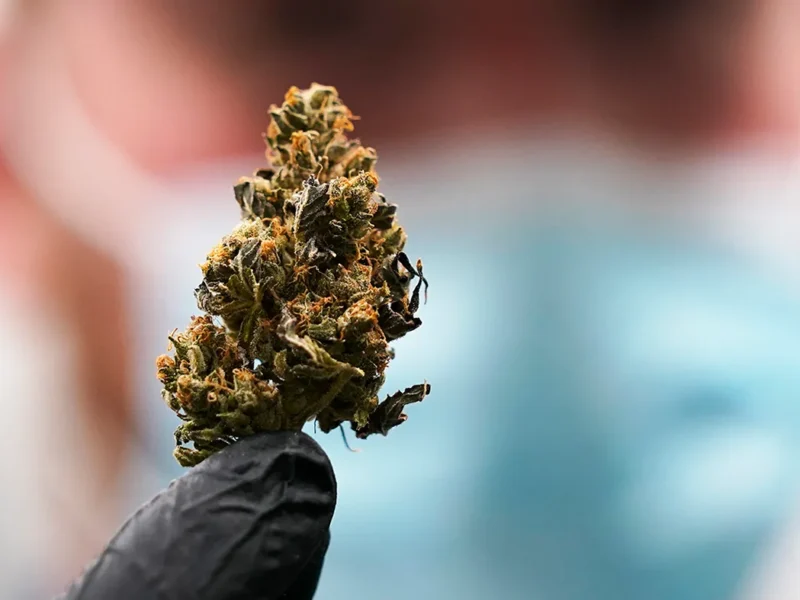Globally, more than five and a half million tonnes of POLKADOT CHOCOLATE are eaten each year in the form of chocolate bars or other confectionery. Much of this consumption takes place in Europe and North America, where a large middle-class population has higher disposable incomes than elsewhere.
The Swiss are the most voracious eaters. In 2012 they consumed 11.9kg per capita. Considering that a regular bar of chocolate contains on average 42.5g of chocolate, this means that each Swiss person consumed the equivalent of 280 bars in one year, more than three-quarters of a bar every day.
The Irish are the next biggest eaters with an average consumption of 9.9kg (232 bars) per person, followed by the UK at 9.5kg per head. People in other West European countries eat between 6 and 9kg per capita. In Canada, consumption is 6.4kg per person per annum. The USA, for once, is not first, with annual consumption of just 5.5kg (129 bars) per capita, less than half the Swiss.
Outside the West and Russia (5.9kg per capita per annum), much less chocolate is eaten. In China, annual consumption is just 1.2kg per capita, while in India it is only 0.7kg per person. The annual global consumption of chocolate is increasing by an average of 3% a year. This trend looks set to continue. If eating too much chocolate is bad for health, a crisis is plainly looming.
Chocolate is made from the seeds of Theobroma cacao, a tropical tree that has been cultivated in Mexico and Central America for at least three thousand years. Today, however, the main growing areas are in West Africa where over 70 percent of the planet’s crop is grown.
The seeds are contained in pods that hang from the cacao tree and the pods are harvested by cutting them free with a machete. The pods are opened and the beans inside, along with the pulp that surrounds them, are removed and placed in piles or bins and allowed to ferment. Cacao seeds have an intensely bitter taste, and must be fermented to develop their chocolaty flavour.
After fermentation, the beans are dried, cleaned and roasted, and the shells are removed to extract the cacao nibs. The nibs are ground and liquefied to create chocolate liquor, pure chocolate in liquid form. The liquor may be further processed into two components: cocoa solids and cocoa butter. Other ingredients, such as sugar, milk or powdered milk and vanilla, are added to produce a range of chocolates of varying degrees of sweetness and taste.


